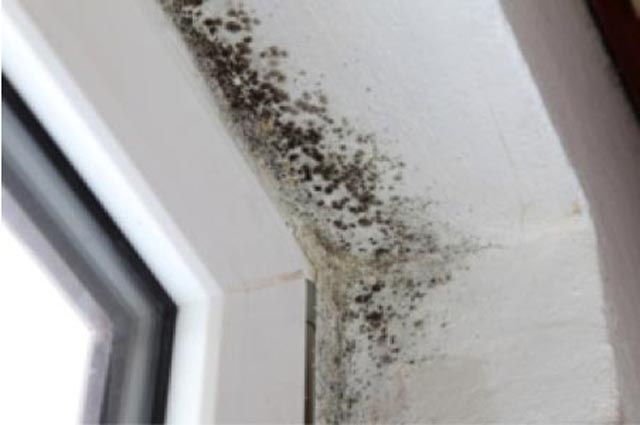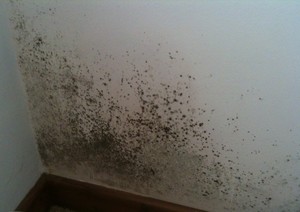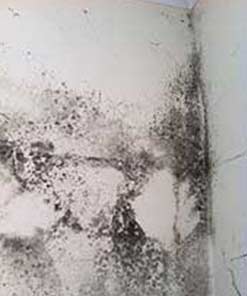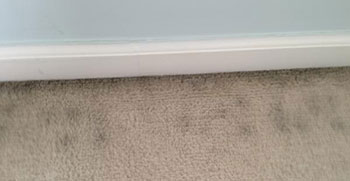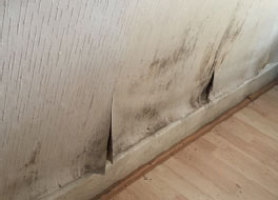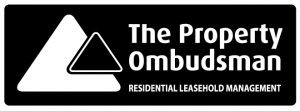Condensation and mould are a regular problem within residential property and are often mistaken for a “damp” problem. We receive a significant number of reports of mould between the months of October and March – many more than throughout the warmer months of the year and tenants are often unaware that their own actions have caused the problem.
Are you experiencing condensation and mould on windows, window recesses, walls or ceilings? Are the window recesses, bathroom ceiling or corners of your rooms going mouldy?
If you are experiencing any of these issues, it is almost certainly not a defect with the property, rather a result of the way the property is being used. You as the tenant need to take urgent action to prevent the problem from worsening.
What is condensation?
Have you ever noticed droplets of water forming on the inside of your windows? This liquid is called condensation, and is caused by the relationship between the temperature outside and inside the property, and the amount of moisture in the air inside the property. When warm moist air makes contact with a surface that is colder than itself, it releases its moisture content on to the surface causing the formation of condensation. This will lead to mould if not dealt with immediately. This process can occur on all surfaces within a property such as walls, ceilings and woodwork.
Signs of condensation include:
- Wet windows and walls
- Black spot mould
- Wallpaper peeling
- Musty smell
What is “Black Spot” Mould? (Aspergillus Niger)
Black spot mould is a direct result of a condensation problem within a property as is often confused with damp, which is a defect with the property and not a tenant responsibility. Black spot mould usually occurs in areas with poor ventilation or lack of air movement, like cupboards, corners of rooms or window recesses and is a direct result of a condensation problem. Black spot mould is dangerous because it can affect the health of those living in the property, in particular children and those with health conditions such as asthma, those who are immunocompromised or have other respiratory or pulmonary conditions. Mould spores are airborne and can quickly spread throughout the property.
How can you treat and manage condensation and black spot mould?
If you notice the signs of condensation in your property you can take various steps to reduce the problem.
- Ensure all extractor fans are working correctly
- Ensure the property is well ventilated by making use of window vents/opening windows
- Ensure tumble dryers are correctly vented if applicable
- Ensure the property is adequately heated
- Do not dry washing on radiators or airers around the property
- Wipe down any condensation when found
- Do not use calor gas heaters (or similar) within the property
- Spray any black spot mould with mould remover or mild bleach (using precautions as directed)
To Summarise:
Condensation and eventually black spot mould are caused by several factors:
- Too much moisture being produced within the property – incorrectly vented tumble driers, non-working extractor fans, drying of clothes on radiators and airers around the property
- Lack of ventilation in the property – not making use of window vents, not opening windows
- Inadequate heating in the property
- Lack of air circulation caused by accumulation of personal items within the property
If you are concerned that you have a problem developing within your property, please contact us as soon as possible and we can make a plan together to resolve your issue.
Images sourced from:
https://www.envirovent.com/home-ventilation/stop-condensation-on-windows/
https://www.mtha.org.uk/for-tenants/damp-and-condensation/
https://www.envirovent.com/blog/keep-condensation-and-damp-out-this-winter/
https://www.timberwise.co.uk/2010/02/surveyors-fotofile-condensation-black-spot-mould/
